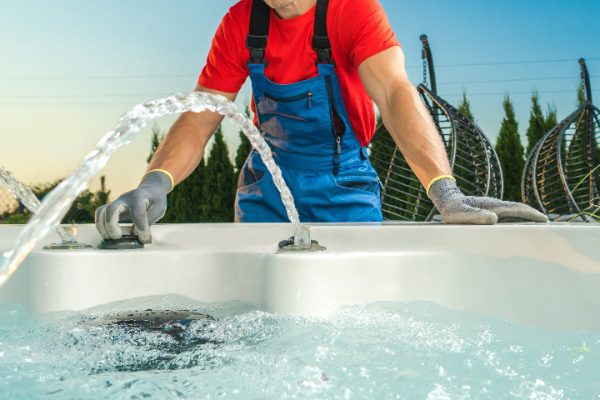Explore the benefits and drawbacks of filling your swimming pool with well water. Learn whether this option is suitable for you and what to consider before making a decision.
Filling a swimming pool can be a significant expense, especially for those who rely on municipal water sources. An alternative option is using well water, which can potentially save money and conserve water resources. However, filling your pool with well water also comes with its own set of challenges. In this article, we will discuss the benefits and drawbacks of using well water to fill your swimming pool and help you decide if it is the right choice for you.
Benefits of Filling a Pool with Well Water
- Cost Savings: Filling a pool with well water can save you money on water bills, as you are not using municipal water. This cost-saving aspect can be particularly appealing to pool owners who need to top up or refill their pool frequently.
- Water Conservation: Using well water to fill your pool can be an environmentally friendly choice, as you are not putting additional strain on the municipal water supply.
- Self-Sufficiency: Relying on well water for your pool provides a level of self-sufficiency, as you are not dependent on external water sources. This can be particularly advantageous in areas prone to water restrictions or droughts.
Drawbacks of Filling a Pool with Well Water
- Water Quality Issues: Well water often contains minerals such as iron, manganese, and calcium, which can cause staining, scaling, and water discoloration in your pool. Additionally, well water may contain bacteria, which can pose a health risk if not properly treated.
- Additional Treatment Required: Filling your pool with well water may necessitate additional treatment, such as water softeners or specialized chemicals, to counteract high mineral content and balance the pool water. This can add extra time and cost to the pool maintenance process.
- Impact on Well and Pump System: Filling a large pool can put a significant strain on your well and pump system, potentially causing damage or reducing its lifespan. It is crucial to consider the capacity of your well and pump system before filling your pool to ensure it can handle the increased demand.
Should You Fill Your Pool with Well Water?
The decision to fill your pool with well water depends on several factors, including the quality of your well water, the capacity of your well and pump system, and your willingness to invest in additional water treatment. Here are some steps to consider before making a decision:
- Test your well water: Have your well water tested for mineral content, bacteria, and other contaminants to determine if it is suitable for pool use.
- Assess your well and pump system: Consult with a professional to ensure your well and pump system can handle the additional demand of filling a pool without causing damage or reducing its lifespan.
- Evaluate additional treatment costs: Consider the costs of additional water treatment, such as water softeners and specialized chemicals, needed to balance your pool water and maintain its clarity.
Conclusion
Filling your pool with well water can offer cost savings and self-sufficiency, but it is essential to weigh these benefits against the potential drawbacks, such as water quality issues and additional treatment requirements. By testing your well water, assessing your well and pump system, and evaluating the costs of additional treatment, you can make an informed decision about whether filling your pool with well water is the right choice for you. Always consult with a pool professional to ensure the best outcome for your pool’s health and longevity.
